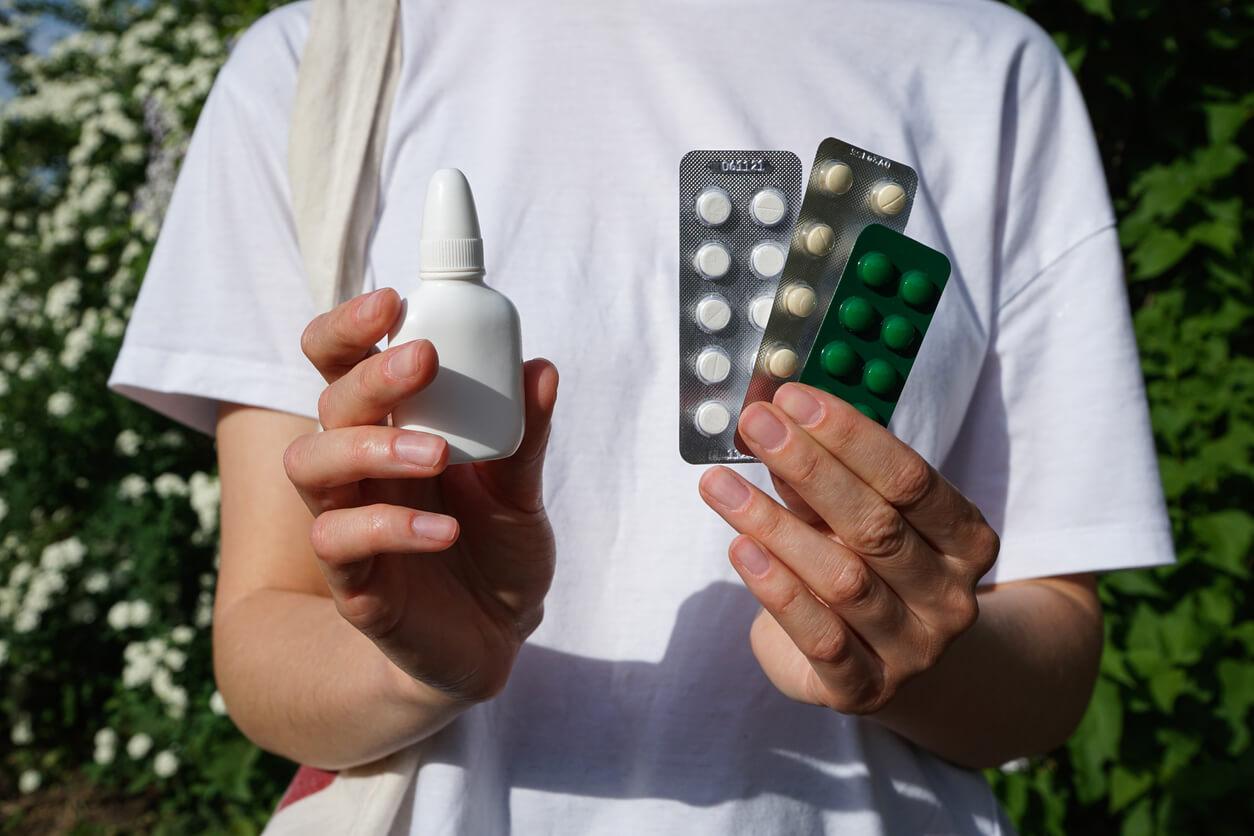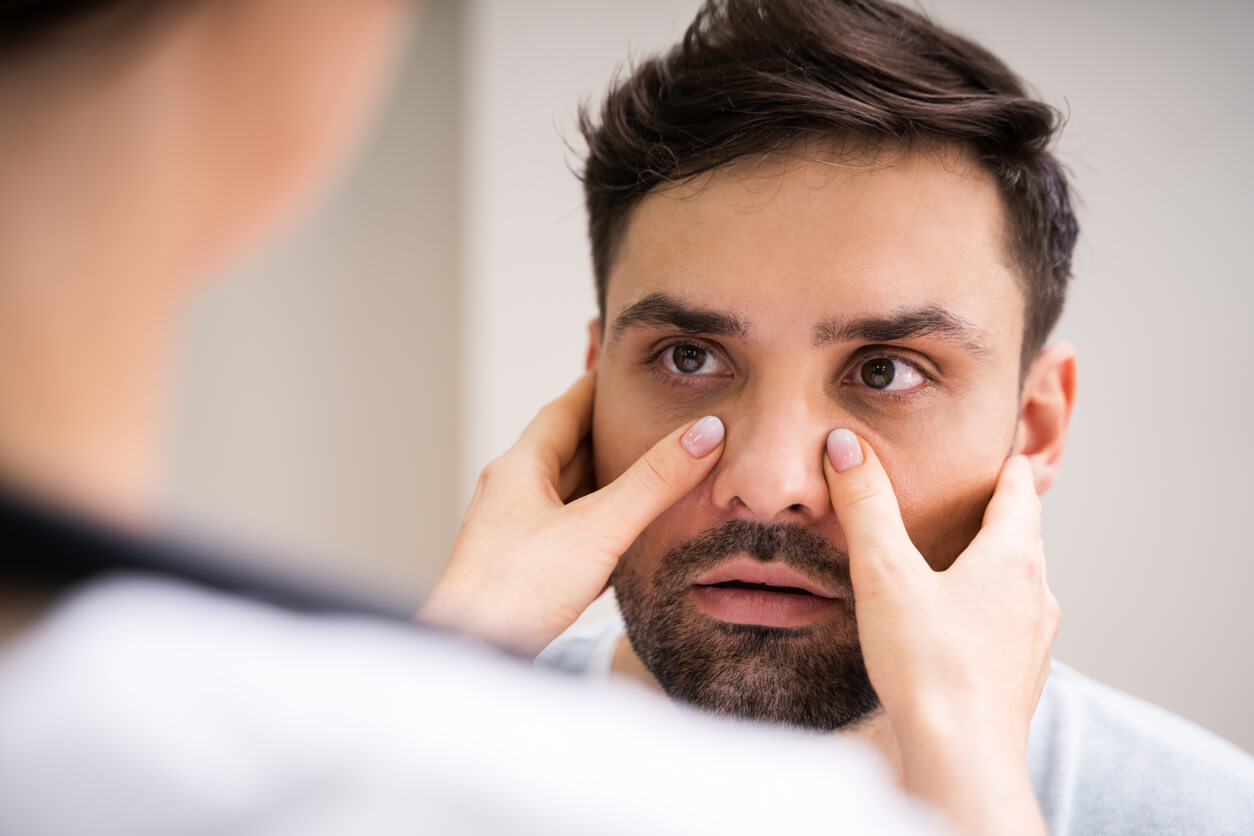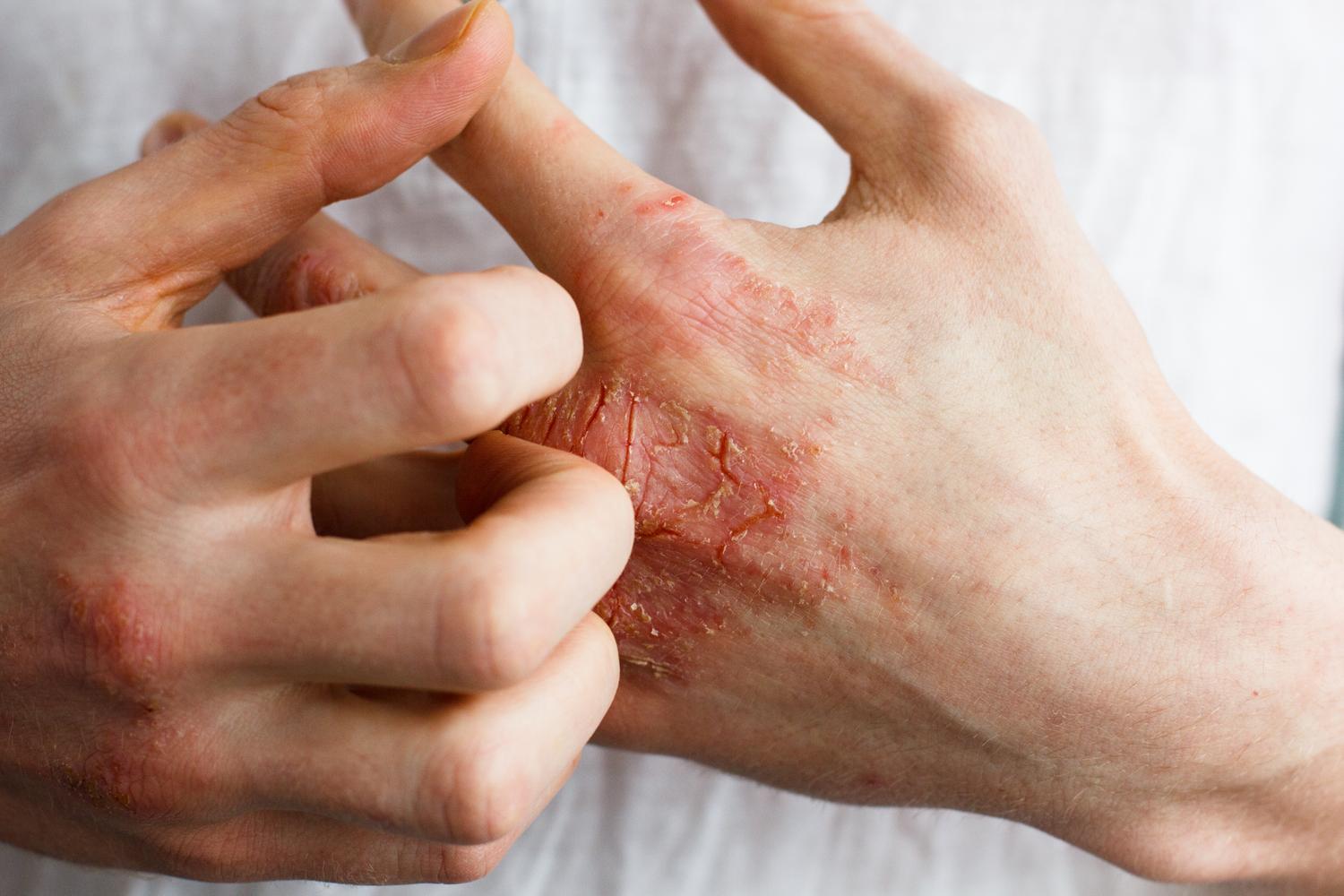Bloodshot Eyes: Causes and Relief
Bloodshot eyes can be both uncomfortable and concerning. Whether you've just glanced in the mirror to find your eyes tinged with red, or you've been struggling with this issue for a while, you likely have questions. What causes bloodshot eyes? How can you find relief? And when should you consult a healthcare professional?
In this blog post, we'll delve into the various causes of bloodshot eyes, from the common and benign to the more severe. We'll also explore options for treatment and relief to help you better understand when bloodshot eyes are simply a minor annoyance and when they may be a sign of a more serious underlying condition.
What do bloodshot eyes look and feel like?
Bloodshot eyes typically appear red due to the dilation of tiny blood vessels in the whites of the eyes. At an up-close glance, the white part of the eye (the sclera) may appear to have a tiny roadmap of red lines across it, but it may also be entirely red or pink. The eyes may also feel dry, gritty or itchy and might be accompanied by increased tearing or discharge. Depending on the underlying causes, discomfort levels can range from mild to severe.
Common causes of bloodshot eyes
The human eye is an extremely sensitive organ that interacts with a number of systems in the body, so there are a myriad of reasons why someone might experience bloodshot eyes. Some common environmental and life-style related causes of bloodshot eyes, such as allergies or eye strain, are listed below:
- Lack of sleep: Insufficient rest can strain the eyes, causing the blood vessels to dilate and appear more noticeable.
- Allergies: Exposure to allergens like dust, pet dander, or pollen can trigger histamine release, causing itchiness, eye redness and irritation.
- Dry eyes: Lack of adequate tear production can make eyes appear bloodshot due to surface irritation.
- Contact lens wear: Prolonged use or improper cleaning of contact lenses can cause irritation and redness.
- Environmental factors: Smoke, pollution, or exposure to chemicals can lead to red and irritated eyes.
- Eye strain: Staring at digital screens for prolonged periods - especially common for those who are working from home or who use computer monitors frequently for work - can cause the eyes to become red and strained.
- Infections: Conjunctivitis (more commonly known as “pink eye”) or other eye infections can cause redness, itching, and sometimes discharge.
- Styes: A stye is a small, pimple-like bump that can occur on your eyelid due to a clogged oil duct or bacteria, which is often a result of wearing makeup to bed, rubbing your eyes frequently, or wearing old or dirty contact lenses. Styles can cause soreness, redness and irritation as well.
- Alcohol consumption: Alcohol can dehydrate the eyes, leading to redness.
However, the eyes can also serve as windows to underlying health issues, such as high blood pressure or autoimmune disorders, where bloodshot eyes or eye symptoms are an indication of a more serious medical condition. We’ve listed out some health conditions that can manifest as red eyes below:
Glaucoma
Glaucoma is a group of eye conditions characterized by damage to the optic nerve, often resulting from increased pressure within the eye. Glaucoma medications such as prostaglandins, beta blockers, alpha antagonists, and other vision loss medications can also cause redness of the eyes, so it’s critical to understand the side effects of your prescriptions and see an eye doctor regularly.
Uveitis
Uveitis is a term for inflammation of the uvea, the middle layer of the eye. It can be quite serious and may lead to permanent vision damage if not appropriately managed. Symptoms of uveitis can vary but often include redness, pain, light sensitivity, blurred vision, and floaters—small moving spots in your field of vision. The condition can be triggered by various underlying factors, such as autoimmune disorders, infections, injury, or exposure to toxins.
Corneal ulcers
Corneal ulcers are open sores that form on the cornea, the clear, protective outer layer of the eye. These ulcers are typically a serious condition that can be caused by a variety of factors, including bacterial, viral, or fungal infections, as well as physical trauma to the eye.
Subconjunctival hemorrhages
A subconjunctival hemorrhage occurs when a small blood vessel beneath the conjunctiva—the clear membrane that covers the white of the eye—breaks and causes a visible red patch. This condition is generally harmless and often appears without any warning or identifiable cause, although factors such as high blood pressure, minor eye trauma, or even activities like heavy lifting or coughing can contribute to its occurrence.
Blepharitis
Blepharitis is an inflammatory condition that affects your eyelids, particularly the areas where the eyelashes grow. This common eye disorder can result from various causes, such as bacterial infection, seborrheic dermatitis, or even issues like allergies or lice.
When should I be concerned about a bloodshot eye?
If you're experiencing persistent or worsening red eyes or eye pain, it's crucial to pay close attention to any accompanying symptoms. While it's natural to feel concerned, it's important to distinguish between minor irritation and signs of a more serious issue. You should seek medical attention from a healthcare professional if any of the following symptoms are present:
- Persistent or worsening redness.
- Vision changes such as blurry vision, wavy lines, flashing, or vision loss.
- Redness accompanied by pain or vision changes.
- Discharge from the eye.
- One eye is noticeably redder than the other for an extended period.
How long do bloodshot eyes last?
The duration of a bloodshot eye varies depending on the cause. For instance, if it's due to lack of sleep, the redness may resolve after adequate rest. For allergies or infections, it might take several days or longer for symptoms to subside, especially if medication is needed. It’s best to seek a diagnosis from an eye doctor if redness is persisting for an extended period of time.
What are some possible treatments for bloodshot eyes?
- Over-the-counter eye drops: Lubricating eye drops, also known as artificial tears, can help relieve dryness and redness.
- Antihistamines: For allergies, antihistamine eye drops can help relieve symptoms.
- Rest: Adequate sleep and rest can often resolve minor redness.
- Cold compress: A cold cloth over the eyes can help alleviate irritation.
- Prescription medication: For infections or other serious conditions, antibiotics or other treatments may be necessary.
In conclusion, while bloodshot eyes can be unsettling, they are often a symptom of relatively benign issues. However, persistent or severe symptoms should not be ignored, as they could signal a more serious underlying condition or medical emergency.
If you have concerns about your eye health or bloodshot eyes, schedule an appointment with a licensed eye doctor (either an optometrist or ophthalmologist) to ensure that your eyes receive the care they deserve.









